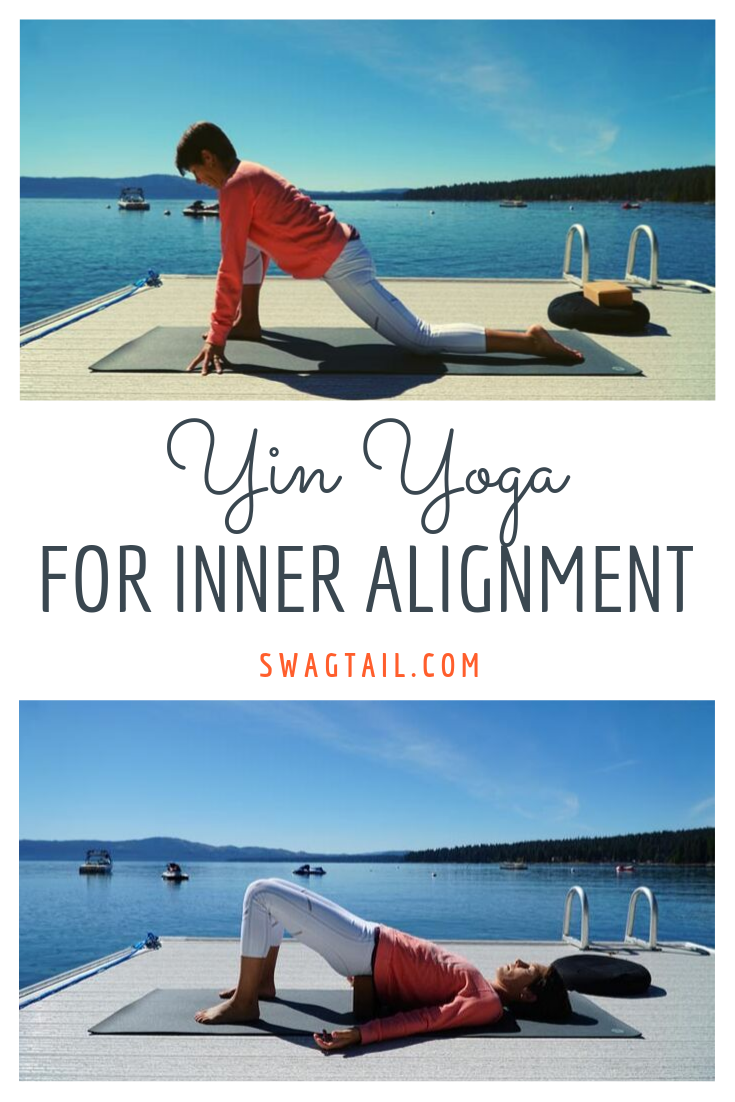
Have you had days where your body can’t relax or your mind won’t stop racing? Or have you had a time where you felt entirely overwhelmed by the people or information swarming around you? In moments like these, yin yoga can create inner alignment. You can free up stuck energy in the body by holding postures, which makes you more efficient and vibrant. And, you can discover much-needed clarity amidst the stillness of this practice.
In fact, this yoga sequence is one I’m using a lot right now in my life. We have two weeks until we depart to Florida for the winter. This means that my button-up checklist for the house is quite long, and I’ve got a strict deadline to complete work projects before hitting the road. Amidst all of the to-do items, I also really want to enjoy the last days at lake and spend some time with my friends.
It’s in these busy times of year that I often have difficulty getting to sleep. With this yin practice, my body is able to metabolize excess mental energy. This allows my body to deeply rest at night. And it gives me the capability to accomplish my tasks each day.
I hope you enjoy it as much as I do!
CLASS THEME: INNER ALIGNMENT
In yoga, we use physical postures to create stability and safety for the body. And since the body is an extension of the mind, time spent in asana indicates your internal state of wellbeing. This is where you can pair the class theme of inner alignment with the poses in this sequence.
Inner alignment is where your body systems cooperate harmoniously. This often translates into optimal health. It’s where your heart pulses in coherent patterns and you experience elevated emotions, such as appreciation, joy, and compassion.
Inner alignment is also about energetic balance. Your chakras can flow energy to your entire system in a well-organized manner. Better yet, you are able to think and act congruently, which enhances the prana flowing to you and through you. Keep this in mind with each breath you take in this yin yoga sequence. For each moment you choose to be present, you cultivate this inner alignment and all the benefits that result.
Props for Class:
- A block and/or bolster
(1) START WITH SEATED BREATHING
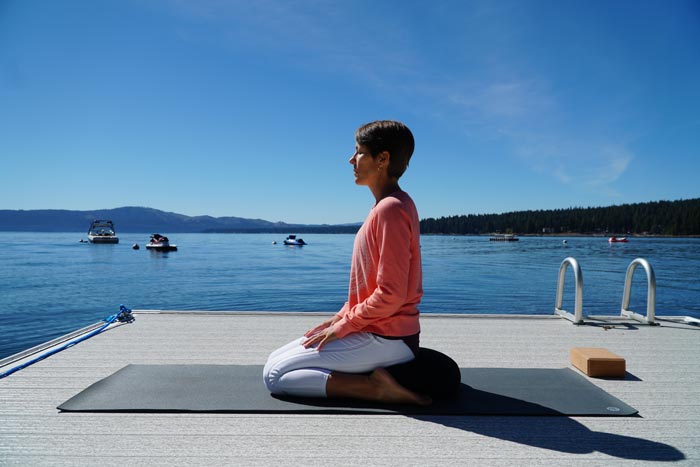
Purpose: As you come to your mat, the initial moments of stillness give you insights about how the actions in your life affect your body and mind. Close your eyes. Remove the input from the outside world and tune inward. When you add pranayama to this seated segment, you anchor your attention even more in the present moment. This opens the gateway for a magnificent
Length: 5 minutes
Additional Notes: Any comfortable seated position is fine.
(2) TABLETOP MOVEMENTS
Purpose: Take organic movements in tabletop to work out any tendency to fidget with the body. Shake off the residual of the day, and move in a way that feels best to each student. Since yin yoga requires held postures, you want to counterbalance that stillness with activity. This posture does this.
Length: 2-3 minutes
Additional Notes:
- Offer cat/cow, barrel rolls, or even side-to-side movements.
- My personal favorite is to inhale to cow (backbend), and then exhale to cat (rounding the spine). I finish the exhale by bringing the hips all the way back to child’s pose.
(3) DRAGON
Purpose: The root chakra, Muladhara, is located at the base of the spine. You can feel this in the muscles around the perineum as well as around the entire pelvis. Thus dragon pose is a great way to bring awareness to this area from the get-go. Stretch the hip flexors and quads of the back leg. And, by hugging the front heel back toward the hips, you eccentrically engage the hamstrings and glutes on the front leg.
It’s also a fiery pose to help take any excess energy and channel it into the body.
Length: 3 minutes
Additional Notes:
- You can remain on fingertips, hands on either side of the front foot.
- You can also bring both hands to the inside of the front foot, perhaps even lowering down on to the elbows to deepen the stretch.
- For a wrist stretch, place the hands inside of the right foot and externally rotate the palms. Move the fingers back toward the torso, to any degree, until you feel a juicy stretch in the wrists and forearms.
(4) ARDHA HANUMANASANA
Purpose: It’s time to elongate the hamstrings on the front leg and stretch the back of the pelvis. If students have tightness here, sensations can also be felt up to the low back and even further up the spine. This extends the awareness of inner alignment from the root chakra up to the second.
Length: 3 minutes
Additional Notes:
- You can also move into Triang Mukha Eka Pada Paschimottanasa (or half saddle) if your hip flexors and hamstrings are open enough in the moment. This will keep the stretch going on the left thigh. Just make sure you have both sitting bones level and grounded (even if this means placing a blanket or block under your seat).
- Use the hands to support your torso, so there is as little effort as possible in the pose.
- Blocks can be placed under the hands for additional support.
(5) PIGEON
Purpose: When you take pigeon next, the stretch moves from the back of the pelvis to the outer hips. Pigeon also lengthens the piriformis, which can alleviate sciatic discomfort. As an additional bonus, the psoas is still being lengthened on the back leg.
Length: 3 minutes
Additional Notes:
- Make sure to start with the hips squared to the front of the mat, and the pelvis level. You might even stay a few rounds of breath in a more upright position to open the front of the torso.
- Place a prop under the right hip if it does not make contact with the ground.
- Deepen the stretch on the back leg further by placing a folded blanket under the back quads.
- Place a block, blanket, or bolster under the torso to make this a more restorative pose.
(6) STRADDLE WITH SIDE STRETCH
Purpose: From the outer hips to the inner hips we go. Straddle elongates the adductor magnus and gracilis. The hamstrings and calf muscles also receive a stretch on the extended leg. But, once the legs are active and the sitting bones grounded, spaciousness can occur in the torso. This enhances the inner alignment up from the base of the spine all the way to the head and neck.
Length: 3 minutes
Additional Notes:
- Continue to lengthen the spine purposefully here with each breath.
- Rotate the heart and ribs toward the sky.
- Support the head and neck with the right hand, and prop up the elbow if it does not reach the floor.
- You can also place the top hand behind the head and lean the head back into the hand. This opens the throat and deepens the stretch on the left side.
(7) BADDHA KONASANA
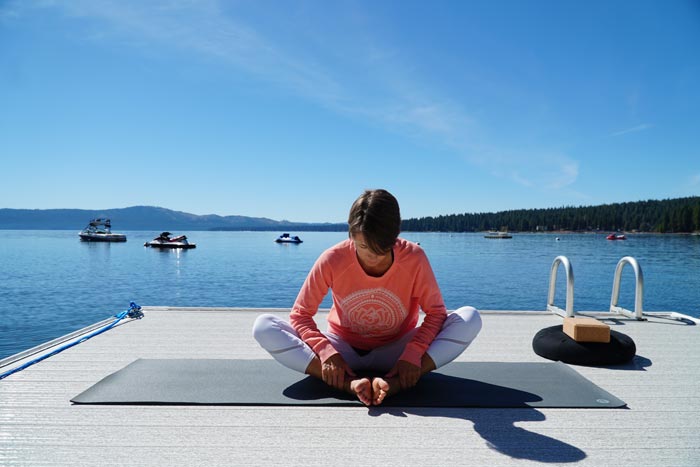
Purpose: The main purpose of this pose is to bring the body back into a well-balanced and symmetrical shape. As the hips continue to open and the spine, lengthen, focus on bringing the navel away from the pelvis. Said another way, focus on bringing the belly button to the feet when folding forward (instead of the head). This will keep the stretch mostly in the pelvis instead of the spine.
Length: 3 minutes
Additional Notes:
- Press the outer edges of the feet into the floor to protect the knees, especially if the hips are tight
- Remind students to sit on a blanket or bolster if their knees are extremely far away from the floor, or the pelvis cannot remain upright.
- Encourage students to let their head and neck rest. This might mean they place a bolster or block under the forehead for support.
Counter Pose:
This fun pose I learned from MomentOM yoga in Roseville. It’s a way to open the heart and lengthen the entire front line of the body after so much folding. Keep the soles of your feet together, but place the hands behind the body like you would for inverted table top position. Then, inhale, press the feet into the floor, and lift the hips.
An additional bonus with this counterpose is it brings activity and vigor to the body after so much stillness. And it moves the energy even further up to the heart and neck, thus increasing inner alignment even more.
(8) REPEAT STEPS 3-6 ON THE SECOND SIDE
Have your students pause in savasana to observe the effects to the right side of the body. Give them a few minutes to simply relax and enjoy those sensations. Then, you may want to incorporate another bout of pranayama here to awaken their minds again before moving into the second side of asana. Keep in mind that the left foot will be forward for poses 3-6.
(9) STRADDLE
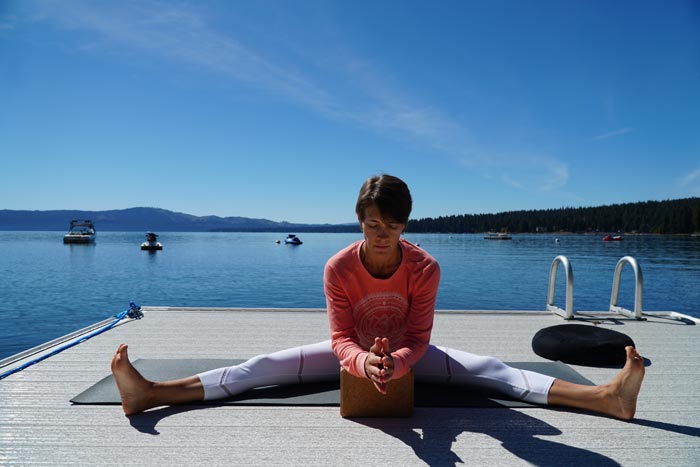
Purpose: Again, straddle is used to create symmetry in the body after the second side of asymmetrical postures.
Length: 3 minutes
Additional Notes:
- Bend the knees if any sensations around the hip or knee joints occur,
- Bring the legs closer together to make the stretch easier.
- Use a bolster and props under the chest to make this a restorative posture.
Counter Pose:
Come to Table top, with knees together instead of hip-distance apart. Then, move the hips and spine to the right while looking to the left. This will stretch out the entire side body. Repeat by moving the hips and spine to the left while looking to the right! This keeps the energy flowing up the entire spine.
(10) SAVASANA
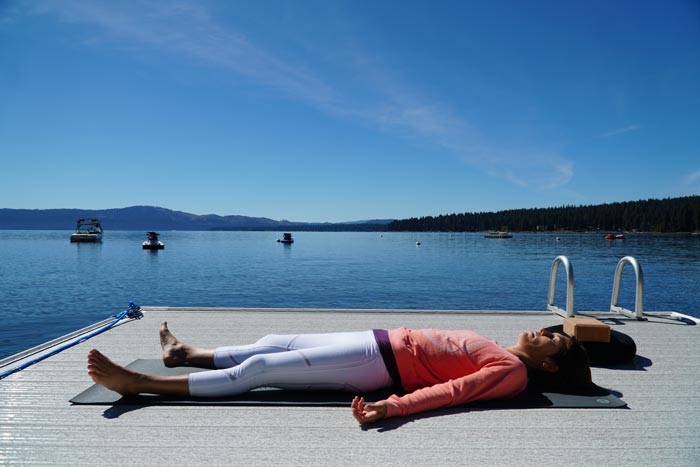 Purpose: This deliberate break is designed to enhance body awareness. Now both sides have been stretched by your students, and you want them to assess their phsyical, mental and emotional states as a result.
Purpose: This deliberate break is designed to enhance body awareness. Now both sides have been stretched by your students, and you want them to assess their phsyical, mental and emotional states as a result.
Length: 1-2 minutes
Additional Notes:
- Bend the knees if there is any tension or tugging on the low back.
(11) SUPPORTED BRIDGE SEQUENCE
Purpose: This supported bridge sequence moves the internal energy up from the first and second chakra to the third and fourth. In regards to inner alignment, this means you are moving out of the survival centers and into the creative ones. This allows you to experience more balance, health, order, and repair in the body. You also get more love, joy, and trust in your relationships. And, you open to the abundant possibilities that are all around you now.
- 11A: Supported Bridge
- 11B: Psoas Stretch, with one knee in toward chest
- 11C: Backbend with extended Legs
- 11D: Viparita Karani
- 11E: Supported Bridge, with knees dropping in toward the midline.
Length: 1-2 minutes each pose
Additional Notes:
- Each variation of bridge builds on the next. Advise students to stay where they are comfortable. They don’t have to move into the next version of the pose–they can remain in simple, supported bridge the entire time.
- Invite students to skip the block altogether if back issues are a concern.
- Remind your class to come out when they need to, as this lengthy time frame in a backbend can be uncomfortable to some.
(12) BENT-KNEE SAVASANA
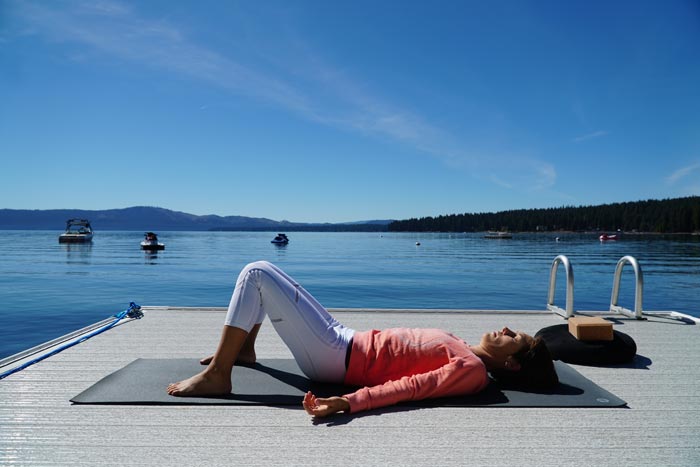
This is another purposeful rest in order to release any tension that might have accumulated in the low back during the previous sequence. Become aware of any sensations along the spine. Let the back of pelvis sink into the mat. And encourage students to take a mental inventory of how they feel in the present moment.
This pause will also allow students to integrate the uplifting changes from the short backbending sequence. You might even invite them to breathe into their heart as they lie supine.
(13) RECLINED SPINAL TWIST
Purpose: Twists are rejuvenating for the spine and internal organs. Flush out any tension that possibly remains in your body and mind here. Then, allow the breath to send renewed energy throughout your entire being.
Length: 3 minutes each side
Additional Notes:
- There are lots of leg variations for a spinal twist. Allow students to find one that meets the needs of their bodies today.
- Rest the back of both shoulders on the ground. Place a prop under the knees, if necessary, to keep this groundedness of the upper torso.
(14) SAVASANA
 Purpose: It’s time to integrate the energy from this practice into the autonomic nervous system. This allows the changes that have been made on the mat to become the platform from which all other thoughts, words, and actions can arise.
Purpose: It’s time to integrate the energy from this practice into the autonomic nervous system. This allows the changes that have been made on the mat to become the platform from which all other thoughts, words, and actions can arise.
Length: 5-7 minutes
Additional Notes:
- Use a bolster to elevate the heart for a supported backbend to finish.
- Roll a blanket behind the knees to soften tension around the low back.
- Essentially, get as comfortable as possible here to emphasize the inner alignment that has been cultivated on the mat.
- Pair this time with a great quote to end your yoga class. One of my new favorites is:
“[Your time in savasana and contemplation] will be like tending to a garden to yield a greater expression of you. And your firm intention and conscious awareness will be like water and sunlight for the dreams in your future.” –Dr. Joe Dispenza
PUTTING IT TOGETHER
Life operates at an incredibly fast pace, and you can easily take on mental and physical stress as a result. This yin yoga sequence counters this imbalance by cultivating inner alignment. Regeneration and health return to the systems of the body. Love, appreciation, and trust infuse your relationships. And, you have more energy to connect to your higher self and the Divine in all aspects of your life.
So, the question is, how are you cultivating inner alignment in your yoga practice this week?
Take Action Now:
- Download this sequence to use in your yin class this week
- Use a portion of this sequence in the cooling portion of your more active vinyasa or Hatha classes. The supported bridge sequence can be especially nice after a class loaded with forward folds.


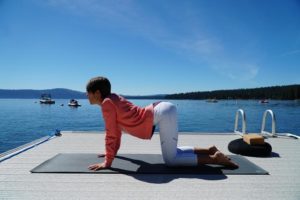

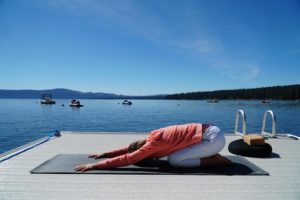
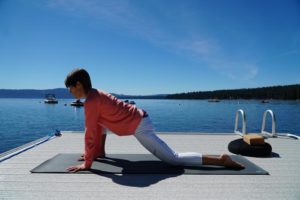


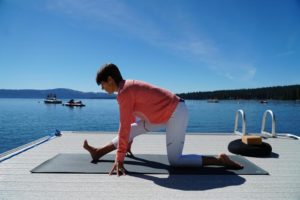

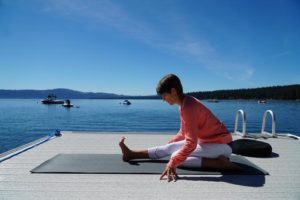
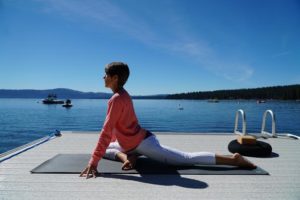
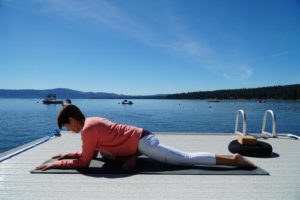
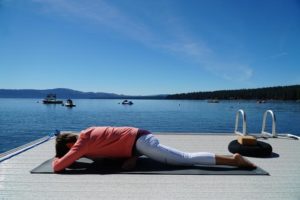
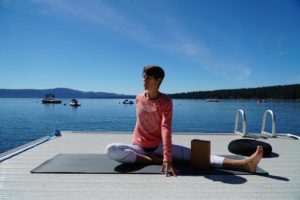
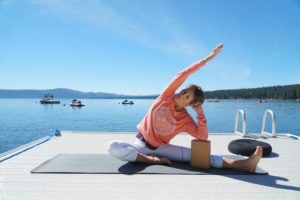
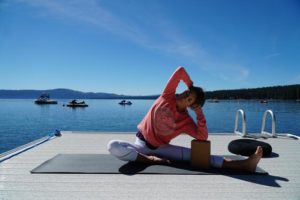
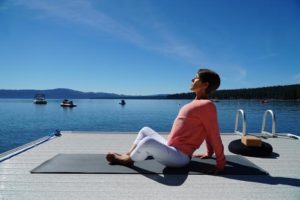
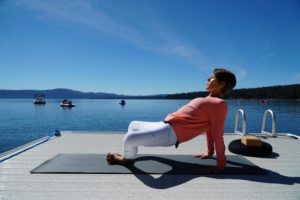
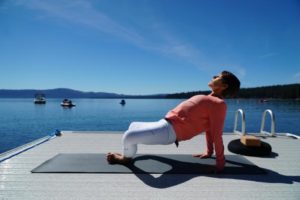
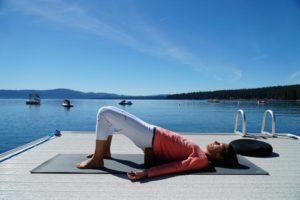
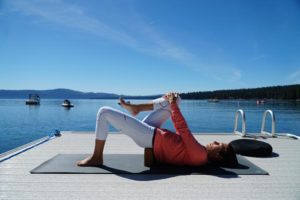
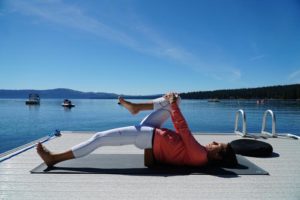
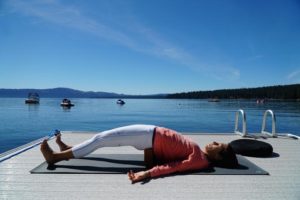
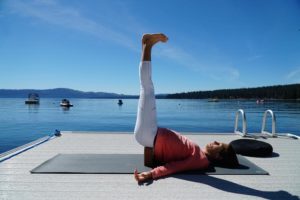
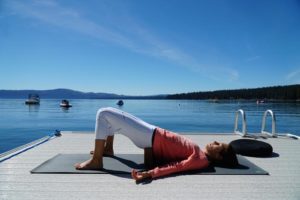
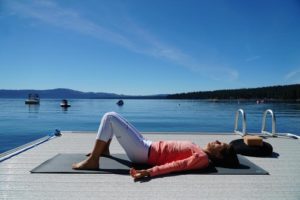
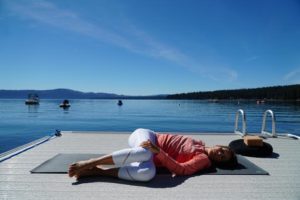
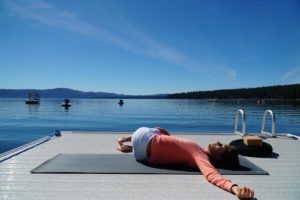

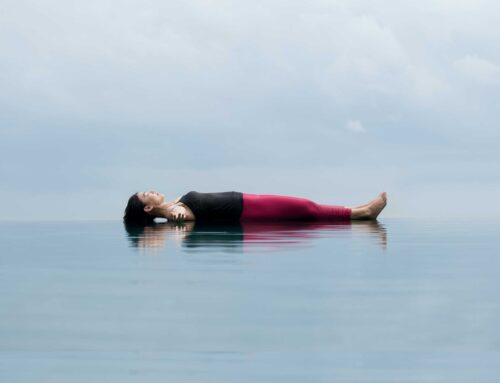

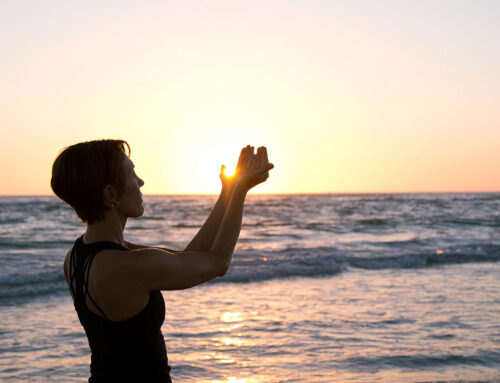
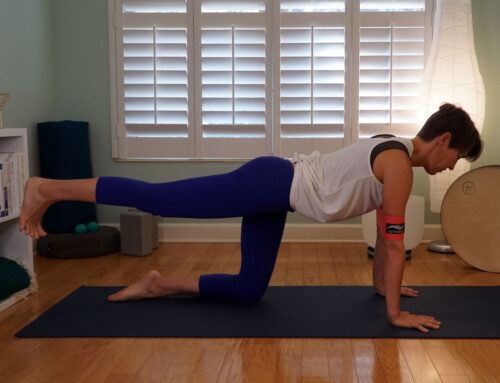
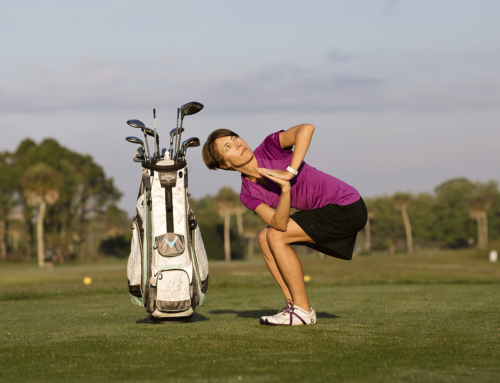
What a great addition to my normal power practice. I have students who have requested a yin class and I believe this is perfect
Hi Charlie,
Thanks for sharing your experience with this practice! I love it as a compliment to the more powerful flows, too!
Talk soon,
Kym